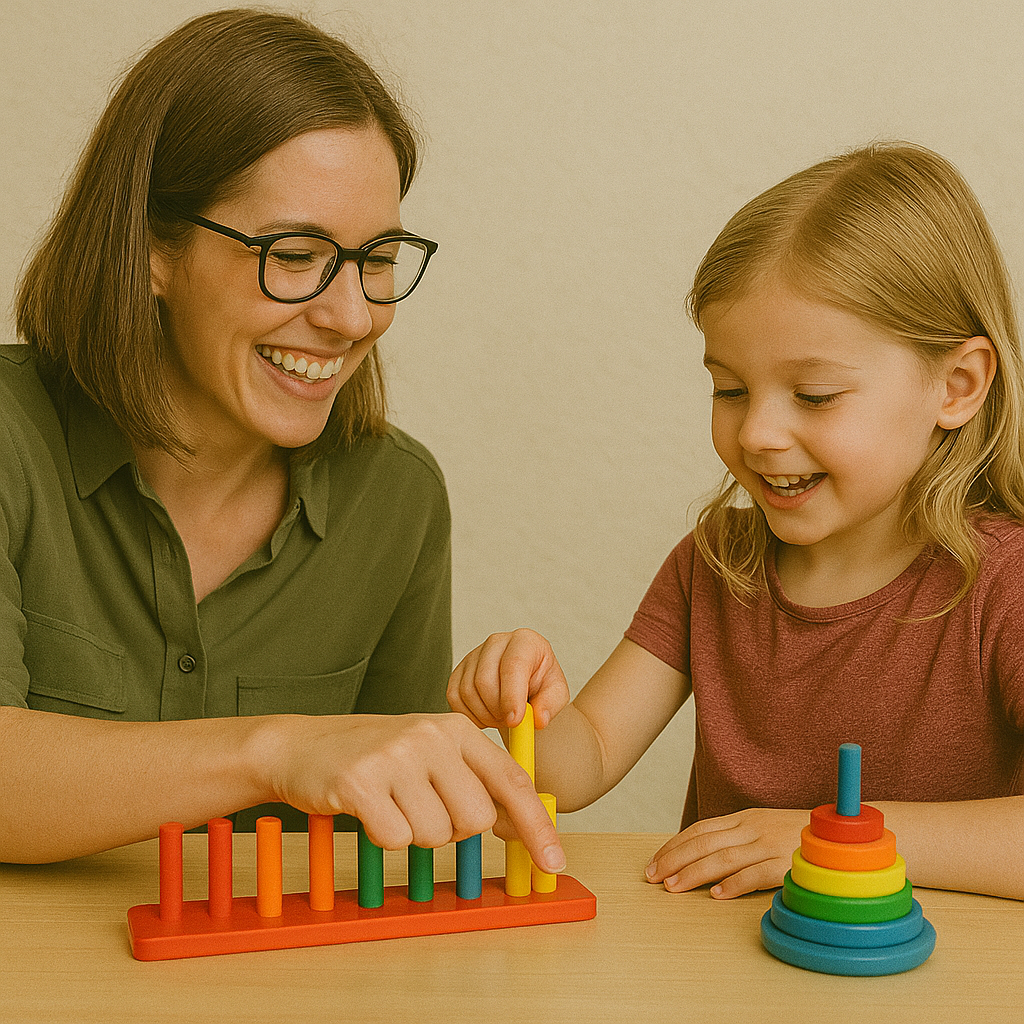How ABA Therapy Supports Positive Daily Routines at Home
For families of children with autism, even seemingly simple daily routines—like getting dressed, brushing teeth, or transitioning to bedtime—can sometimes be a challenge. Applied Behavior Analysis (ABA) therapy offers strategies to make daily life more predictable and manageable, both for children and their caregivers.
Why Routines Matter
Consistent routines provide a sense of stability and structure. For children with autism, this predictability can reduce anxiety and improve cooperation. When routines are taught using ABA strategies, children are more likely to learn and maintain these skills over time.
ABA Strategies for Daily Routines
ABA therapists use evidence-based techniques to help children succeed with daily living skills. Some commonly used strategies include:
- Task Analysis: Breaking down routines into smaller, teachable steps (e.g., the steps involved in brushing teeth)
- Visual Schedules: Using images or icons to illustrate each part of the routine, which helps children anticipate what comes next
- Prompting and Fading: Providing help at first, then gradually removing assistance as the child becomes more independent
- Positive Reinforcement: Rewarding successful participation in routines to encourage consistency and cooperation
Real-Life Example
Let’s take the example of a morning routine. An ABA therapist might help a child learn to:
- Get out of bed when their alarm goes off
- Use the bathroom
- Get dressed independently
- Eat breakfast at the table
- Pack their backpack for school
Each step can be taught individually, practiced daily, and reinforced with praise, high fives, or a favorite activity.
Parent Involvement Makes a Difference
Parents play a crucial role in maintaining consistency and generalizing skills learned in therapy. At Guiding Light ABA, we work closely with families to tailor routines to each child’s needs and home environment.
By using ABA techniques during everyday activities, families can reduce power struggles, foster independence, and build smoother transitions from one part of the day to the next.
